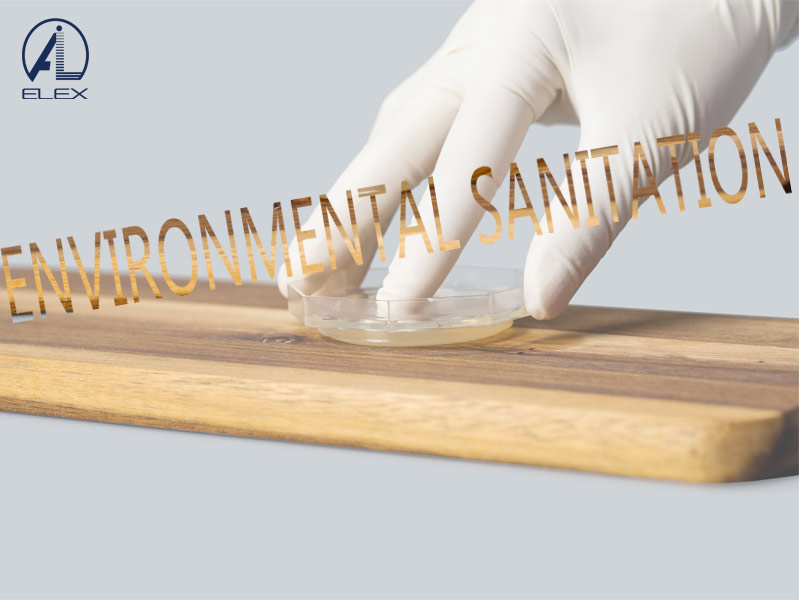Environmental water sampling is to collect water samples from polluted water bodies and analyze them to obtain basic data on water pollution. The water samples for analysis should be representative and reflect the chemical composition and characteristics of the water body. The method, location, time and frequency of environmental water sampling are all determined according to the characteristics of the water body and the purpose of analysis. Special utensils, basins, buckets, etc. can be used to collect surface water samples, and different types of samplers with sounding facilities can be used to collect deep water samples.
Generally, environmental water sampling is carried out in the process of marine survey. There are three basic methods: large-scale observation, cross-sectional observation and continuous observation. Large-scale observation is to set up several sampling points in the surveyed sea area and sample at the same time; cross-sectional observation is to set up several representative cross-sections in the surveyed sea area, with several sampling points placed on the cross-section, and to sample at each point in a certain time separately; continuous observation is to set up representative measuring stations in the surveyed sea area, according to the mission requirements, sampling continuously at a certain time interval for more than one day.
Regardless of the method, the sampling points should be marked on the chart in advance and corrected during the sampling process. The level of observation should be determined according to the water depth, vertical changes in water quality and the purpose of the survey in the surveyed sea area. The general principle is: shallower layers are denser, deep layers are sparser; water quality with big changes are more dense, and that with small changes are sparser. The standard observation levels (in meters) proposed by the International Association of Physical Oceanography (IAPO) in 1936 are: 0, 10, 20, 30, 50, 75, 100, 150, 200, (250), 300, 400, 500, 600, (700), 800, 1000, 1200, 1500, 2000, 2500, 3000, 4000, the layer per kilometer below, the sampling level in parentheses can be selected as appropriate.
Environmental water sampling in lakes and reservoirs with open water can follow the way of seawater sampling. In shallow lakes or reservoirs, fixed piles can be set up for surveying ships and regular sampling. Sampling perpendiculars or sampling points are set on the control section of the inlet and outlet channel. In addition, reservoir sampling should also consider the characteristics of reservoir operation.
 A Tentative Study on the relevance of HACCP certification and infection control in hospital
A Tentative Study on the relevance of HACCP certification and infection control in hospital
 Environmental Sanitation Microbiology Testing
Environmental Sanitation Microbiology Testing
 Microbiology Test in Food Industry
Microbiology Test in Food Industry
 The Applicability of High-quality Ready-to-use Swab Sampler for Tableware Sampling and Public Places Supplies and Utensils Microorganisms
The Applicability of High-quality Ready-to-use Swab Sampler for Tableware Sampling and Public Places Supplies and Utensils Microorganisms
 Spike Experiment of DNP Culture Media Plate Based on Ice Cream
Spike Experiment of DNP Culture Media Plate Based on Ice Cream

